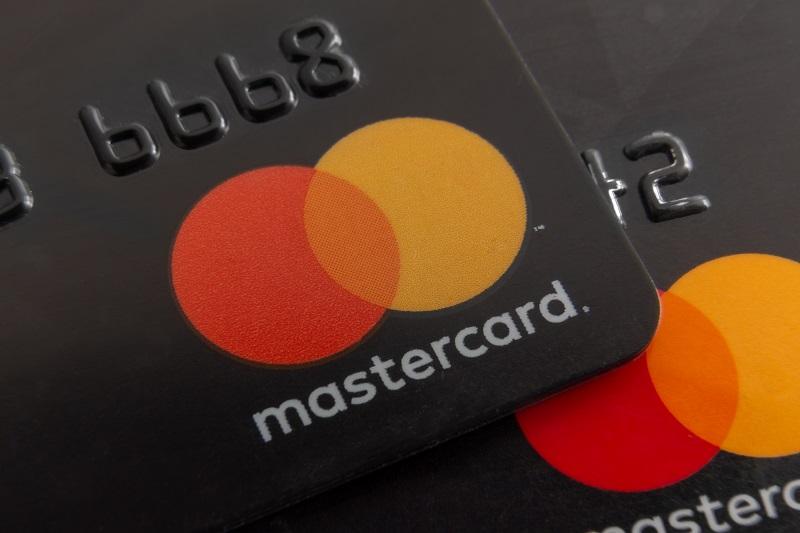According to Mastercard's New Payments Index, the epidemic has expedited the adoption of digital transactions, which has changed how people think about cash. This includes how people make payments and what people even consider to be currency.
Direct deposits into a bank account. Plans for 'buy now, pay later apps for sending money, payments for wearables, cryptocurrencies, and QR codes. Based on a global consumer poll of 35,040 participants in 40 countries performed by the Harris Poll, 85% of individuals claim to have used at least one digital mastercard in the past year. A whopping 93% of respondents indicate they will utilize one of these strategies in the coming year.
The poll provides more information than simply a snapshot of the changing budgetary allocations; it also highlights the driving forces behind the trend toward electronic payments and how factors like security, efficiency, freedom, and control are shaping the revolution in electronic currency.
Five Insights
Getting Paid
There are definite indications that the move away from cash is still happening. Only approximately 40% of millennial and Gen Z respondents say they utilized cash during the same period. In all, 35% of respondents claim to have used money less recently, while 26% claim to have used it more recently. More than three out of ten respondents had made purchases using rewards points, for instance, rather than actual money in a few cases.
Curious About Cryptocurrencies
Even though 36% of people say they are instead or very inclined to attempt paying with cryptocurrency in the coming year, 11% report having completed a transaction using digital content. Cryptocurrency is still primarily perceived as an investment scheme more than ten years after the introduction of bitcoin.
Now over half of the respondents are pessimistic about the worth of digital assets, while almost the same number believe they might be profitable investments. Consumers want to see more security in the market, with 59% of respondents believing that knowing a cryptocurrency was produced or backed by a respected company would increase their confidence in it.
Good News for Biometrics
More than two-thirds of customers concur that using biometric technologies, such as facial, speech, and handprint identification, for authentication or transactions is more secure than using a PIN or password. Nevertheless, 61% concur that using biometrics to pay is more straightforward than using a card. Though half of the customers are eager to disclose their biometric data to save time, 71% of respondents say they are apprehensive about who has access to it.
On LinkedIn
Does anyone manually balance their checkbook? Even better, is there still a checkbook around? Most respondents 75% say they pay their bills online, and another 14% indicate they intend to do so in the future. At least five financial technology-related actions, such as banking, sending funds to friends, checking credit scores, and loan financing, are used by more than half of customers. This transition to digital Mastercard management is fueled partly by open banking, which allows you to share your banking information with other providers of financial services. Overall, 71% of consumers concur that they would like to be able to pay bills or purchase items from their bank accounts without having to enter their credit card information or write a check.
Perspectives On Installments
Buy now, pay later" has emerged as one of the recent most popular payment trends. According to Juniper Research, this trend will account for nearly a quarter of all worldwide e-commerce activities by 2026, up from just 9% in 2021.
Conclusion
Younger generations are less concerned with cash, digital payments are commonplace for most people, and even the electromagnetic stripe is being phased out. The time has come when future payment innovations are no longer just theories
Also read about:
Here are the top reasons to use a gift card instead of cash
Ice Machine vs Ice Bath Which is more effective for athletes
5 Tips for Improving Your Gaming Skills

